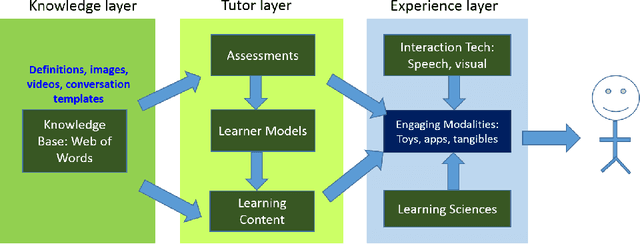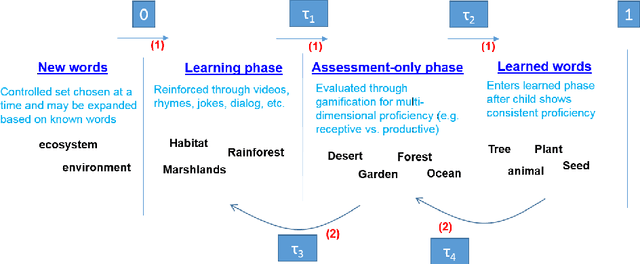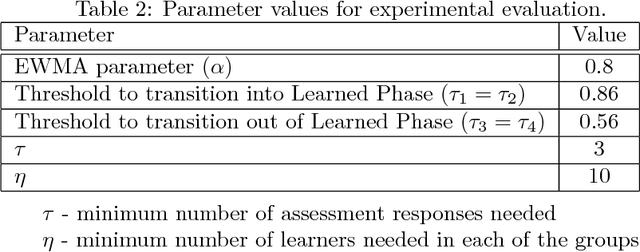Tamer Abuelsaad
Multimodal Auto Validation For Self-Refinement in Web Agents
Oct 01, 2024Abstract:As our world digitizes, web agents that can automate complex and monotonous tasks are becoming essential in streamlining workflows. This paper introduces an approach to improving web agent performance through multi-modal validation and self-refinement. We present a comprehensive study of different modalities (text, vision) and the effect of hierarchy for the automatic validation of web agents, building upon the state-of-the-art Agent-E web automation framework. We also introduce a self-refinement mechanism for web automation, using the developed auto-validator, that enables web agents to detect and self-correct workflow failures. Our results show significant gains on Agent-E's (a SOTA web agent) prior state-of-art performance, boosting task-completion rates from 76.2\% to 81.24\% on the subset of the WebVoyager benchmark. The approach presented in this paper paves the way for more reliable digital assistants in complex, real-world scenarios.
Agent-E: From Autonomous Web Navigation to Foundational Design Principles in Agentic Systems
Jul 17, 2024



Abstract:AI Agents are changing the way work gets done, both in consumer and enterprise domains. However, the design patterns and architectures to build highly capable agents or multi-agent systems are still developing, and the understanding of the implication of various design choices and algorithms is still evolving. In this paper, we present our work on building a novel web agent, Agent-E \footnote{Our code is available at \url{https://github.com/EmergenceAI/Agent-E}}. Agent-E introduces numerous architectural improvements over prior state-of-the-art web agents such as hierarchical architecture, flexible DOM distillation and denoising method, and the concept of \textit{change observation} to guide the agent towards more accurate performance. We first present the results of an evaluation of Agent-E on WebVoyager benchmark dataset and show that Agent-E beats other SOTA text and multi-modal web agents on this benchmark in most categories by 10-30\%. We then synthesize our learnings from the development of Agent-E into general design principles for developing agentic systems. These include the use of domain-specific primitive skills, the importance of distillation and de-noising of environmental observations, the advantages of a hierarchical architecture, and the role of agentic self-improvement to enhance agent efficiency and efficacy as the agent gathers experience.
Design and Evaluation of a Tutor Platform for Personalized Vocabulary Learning
Jul 09, 2018



Abstract:This paper presents our experiences in designing, implementing, and piloting an intelligent vocabulary learning tutor. The design builds on several intelligent tutoring design concepts, including graph-based knowledge representation, learner modeling, and adaptive learning content and assessment exposition. Specifically, we design a novel phased learner model approach to enable systematic exposure to words during vocabulary instruction. We also built an example application over the tutor platform that uses a learning activity involving videos and an assessment activity involving word to picture/image association. More importantly, the tutor adapts to the significant variation in children's knowledge at the beginning of kindergarten, and evolves the application at the speed of each individual learner. A pilot study with 180 kindergarten learners allowed the tutor to collect various kinds of activity information suitable for insights and interventions both at an individual- and class-level. The effort also demonstrates that we can do A/B testing for a variety of hypotheses at scale with such a framework.
 Add to Chrome
Add to Chrome Add to Firefox
Add to Firefox Add to Edge
Add to Edge